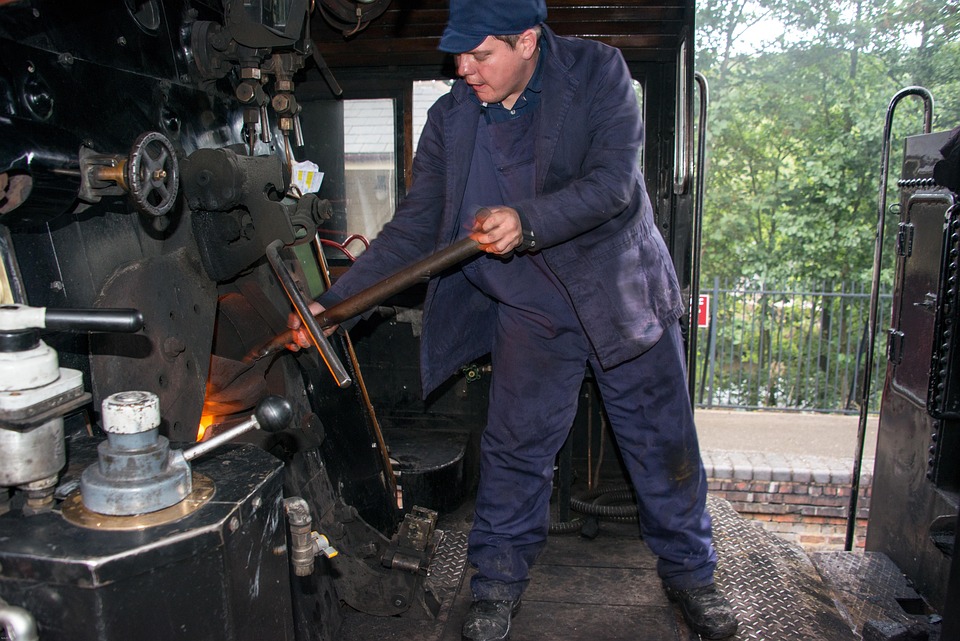Crafting the Ultimate Train Driver CV for the UK Railway Industry
In the dynamic world of the UK railway industry, standing out as a train driver requires more than just a passion for trains. It demands a meticulously crafted CV that encapsulates your skills, experiences, and aspirations. The right template can be the key to unlocking new opportunities. Let’s delve into the essential components that will make your CV shine brighter than a polished locomotive.
1. Personal Information: The Foundation
At the outset, ensure your personal details are clear and concise. Include your name, address, phone number, and a professional email address. The first impression matters, and a well-presented section sets the tone.
2. A Compelling Summary: Your Elevator Pitch
Your summary should encapsulate your career journey in just a few sentences. Highlight your qualification as a train driver, any relevant certifications, and your passion for the railway industry. For instance, "Dedicated and safety-focused train driver with over five years of experience in high-speed rail operations, committed to maintaining the highest standards of safety and efficiency."
3. Key Skills: Showcasing Your Expertise
Utilise bullet points to present your core competencies. Consider including:
- Safety Management: Proficient in adhering to strict safety protocols and regulations.
- Technical Proficiency: Familiar with various train systems and maintenance procedures.
- Communication Skills: Strong ability to coordinate with team members and manage passenger inquiries effectively.
- Problem-Solving: Capable of making quick decisions under pressure to maintain schedule integrity.
4. Professional Experience: Your Journey
When detailing your work history, start with your most recent position and work backward. For each role, include:
- Job Title: Clearly state your position.
- Company Name: The railway company you worked for.
- Dates of Employment: When you started and ended.
- Responsibilities and Achievements: Use action verbs and quantify your achievements where possible. For example, "Ensured on-time departures for 98% of scheduled services over a two-year period."
5. Education and Certifications: The Backbone of Your Qualifications
List your educational background, focusing on any relevant qualifications. If you have a Level 2 Certificate in Rail Engineering or a similar qualification, highlight it. Don’t forget to mention any additional training or certifications that enhance your candidacy.
6. Additional Sections: Stand Out from the Crowd
Consider adding sections that can give you an edge, such as:
- Volunteer Work: Any relevant volunteering can demonstrate your commitment and skills.
- Professional Memberships: Membership in organisations like the National Union of Rail, Maritime and Transport Workers (RMT) can add credibility.
- Languages: If you speak multiple languages, it’s worth mentioning in today’s multicultural environment.
The Final Touch: Presentation Matters
Your CV should be visually appealing. Stick to a clean, professional layout with consistent fonts and spacing. Avoid cluttered designs; simplicity is key. Remember, a well-structured CV not only conveys your information effectively but also reflects your attention to detail—a crucial trait for any train driver.
As you prepare to embark on your journey towards your dream job in the railway industry, remember that CVPortal continues to provide a wealth of high-quality CV templates and resources to guide you. Embrace the opportunity to showcase your skills and experience, and you’ll be well on your way to success.


